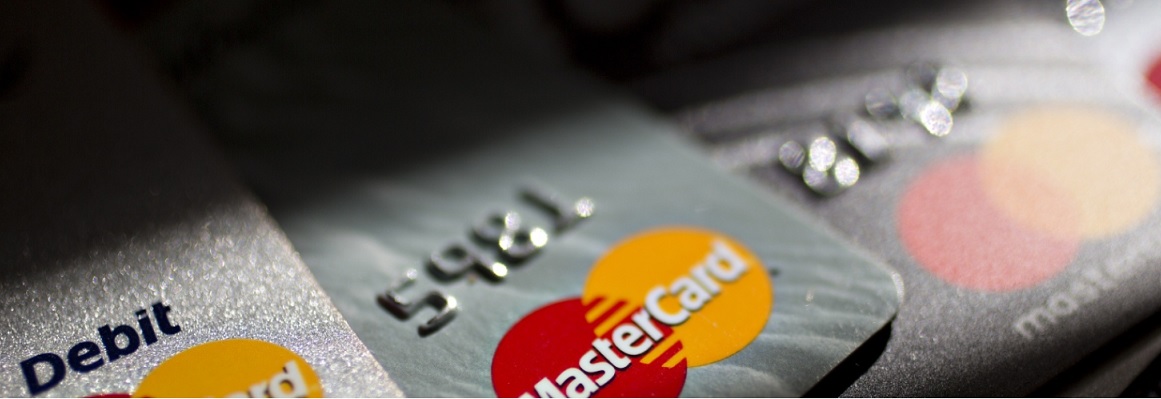
During February and March, as many countries imposed necessary restrictions to promote social distancing, a significant majority of consumers turned to contactless card payments for necessary purchases. 79 percent of respondents worldwide say they are now using contactless payments, citing safety and cleanliness as key drivers, according to a Mastercard study.
Consumer polling by Mastercard, studying changing consumer behaviors in 19 countries around the world, paints a picture of accelerated and sustained contactless adoption.
In fact, findings show:
Contactless Move to Top of Wallet – Globally, nearly half of respondents (46 percent) have swapped out their top-of-wallet card for one that offers contactless – this proportion climbs to 52 percent among those under 35 years old.
Confidence in Contactless – The majority of respondents (82 percent) view contactless as the cleaner way to pay, and contactless payments are up to 10 times faster than other in-person payment methods, enabling customers to get in and out of stores faster.
Contactless is Here to Stay – We are in a sustained period in which consumers are making purchases in a very focused way; it’s reinforcing contactless use in markets where adoption is more mature, and it’s stimulating use in newer markets. This trend appears to be here to stay as approximately three quarters (74 percent) state they will continue to use contactless post-pandemic.
Contactless Tipping Point
Mastercard data reveals over 40 percent growth in contactless transactions globally in the first quarter of 20201. Further, 80 percent of contactless transactions are under $25, a range that is typically dominated by cash.
While countries worldwide are at different stages of contactless deployment and usage for daily shopping habits, Mastercard’s insights on grocery and pharmacy trends – two areas where many day-to-day essentials are being purchased – showed that nearly all regions experienced significant spikes in contactless usage in February and March. Further, reinforcing changing behaviors and consumer checkout preferences, Mastercard saw the number of contactless transactions grow twice as fast as the number of non-contactless transactions globally at grocery stores and pharmacies 2.
Just last month, Mastercard announced commitments to increase contactless payment limits in more than 50 countries worldwide across Europe, the Middle East, Africa, Asia Pacific, New Zealand, Latin America and the Caribbean, and Canada, among others. Limit increases were part of Mastercard’s global effort to make sure consumers, merchants and small businesses have the resources to safely pay, receive payment, and maintain operations during the COVID-19 crisis.
###
1 Growth calculated as the percentage increase in contactless transactions globally, comparing first quarter 2020 to first quarter 2019. Source: Mastercard Data Warehouse
2 Growth calculated as the percentage increase in contactless transactions compared to the percentage increase in non-contactless transactions, comparing March 2020 to February 2020, at Grocery and Pharmacy categories. Source: Mastercard Data Warehouse
Banking 4.0 – „how was the experience for you”
„So many people are coming here to Bucharest, people that I see and interact on linkedin and now I get the change to meet them in person. It was like being to the Football World Cup but this was the World Cup on linkedin in payments and open banking.”
Many more interesting quotes in the video below: